PUBLICATIONS
LIBRARY
ESAWAS PUBLICATIONS

Sanitation
Six CWIS Regulatory Journeys – Abridged Report
This work has been undertaken as a joint collaboration between ESAWAS and UNICEF in recognition that harnessing knowledge of regulatory practices in CWIS would aid in strengthening the capacity of regulators and other implementing agencies (government, utilities, private etc) across Africa and globally to effectively discharge their mandates and improve service delivery.

Sanitation
Citywide Inclusive Sanitation (CWIS) Regulatory Journeys in Six Countries
This work has been undertaken as a joint collaboration between ESAWAS and UNICEF in recognition that harnessing knowledge of regulatory practices in CWIS would aid in strengthening the capacity of regulators and other implementing agencies (government, utilities, private etc) across Africa and globally to effectively discharge their mandates and improve service delivery.
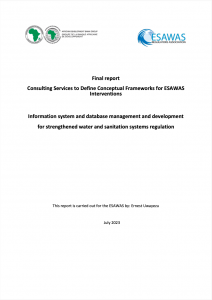
Regulatory Guidance
GIS Guidance for WSS Services
Information system and database management and development for strengthened water and sanitation systems regulation. This report is the compilation of the results on the study for setting up an GIS based as a decision support tool for performance monitoring, planning, and resource allocation, utilities management, with the aim to enhance WSS services delivery within the ESAWAS members’ countries, especially in urban areas.
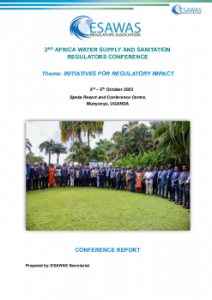
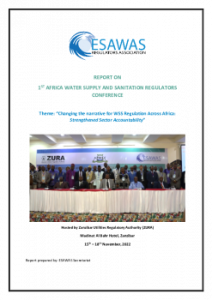
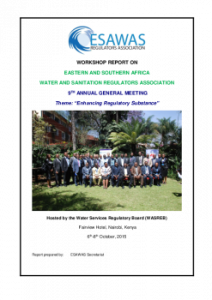
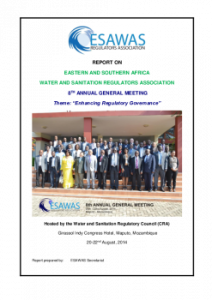
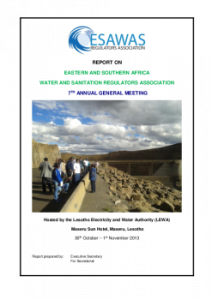
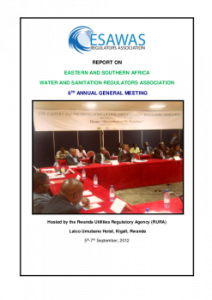
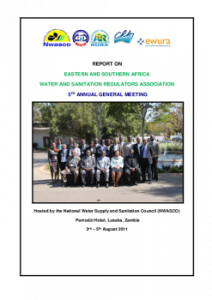
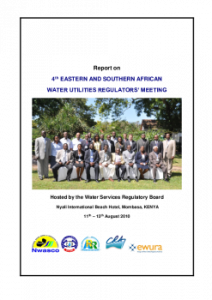
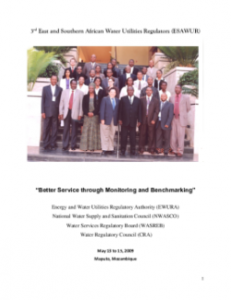
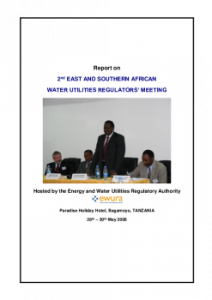
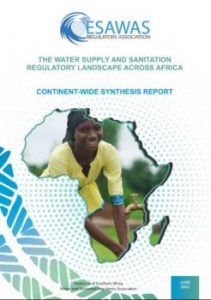
General
The Water Supply and Sanitation Regulatory Landscape Across Africa 2022
This report provides an overview of the status of WSS regulation across Africa. It presents a summary of regulatory frameworks in place for WSS service provision in urban and rural areas in 54 countries based on a study initiated by ESAWAS. Key findings and overviews are provided for the policy and legal backing for WSS regulation, different spheres of regulation (regulated service providers, regulated service delivery types), regulatory mechanisms, and the regulatory environment.
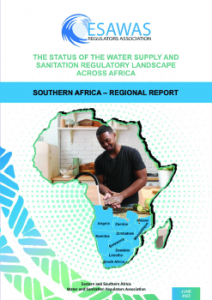
General
The Water Supply and Sanitation Landscape Across Africa – Southern Africa Regional Report
This report provides an overview of WSS regulation across the Southern African region in ten countries: Angola, Botswana, Eswatini, Lesotho, Malawi, Mozambique, Namibia, South Africa, Zambia, Zimbabwe.
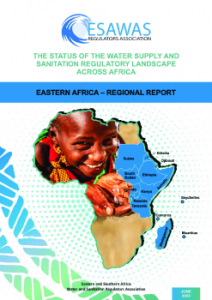
General
The Water Supply and Sanitation Landscape Across Africa – Eastern Africa Regional Report
This report provides an overview of WSS regulation across the Eastern African region in 14 countries: Comoros, Djibouti, Eritrea, Ethiopia, Kenya, Madagascar, Mauritius, Rwanda, Seychelles, Somalia, South Sudan, Sudan, Tanzania, and Uganda.
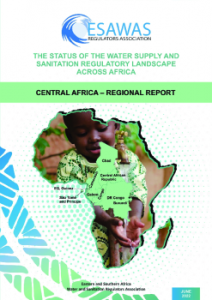
General
The Water Supply and Sanitation Landscape Across Africa – Central Africa Regional Report
This report provides an overview of WSS regulation across the Central African region in nine countries: Burundi, Cameroon, Central African Republic (CAR), Chad, Congo Republic, the Democratic Republic of the Congo, Equatorial Guinea, Gabon, and Sao Tome and Principe.
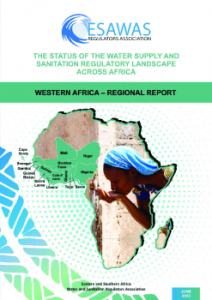
General
The Water Supply and Sanitation Landscape Across Africa – Western Africa Regional Report
This report provides an overview of WSS regulation across the Western Africa region in 15 countries: Benin, Burkina Faso, Cape Verde, Cote d’Ivoire, Gambia, Ghana, Guinea, Guinea-Bissau, Liberia, Mali, Niger, Nigeria, Senegal, Sierra Leone and Togo.
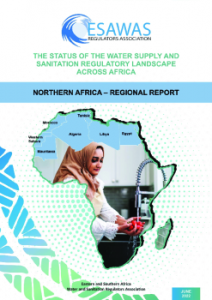
General
The Water Supply and Sanitation Landscape Across Africa – Northern Africa Regional Report
This report provides an overview of WSS regulation across the Northern African region in six countries: Algeria, Egypt, Libya, Mauritania, Morocco and Tunisia. Data on Sahrawi Republic could not be obtained.
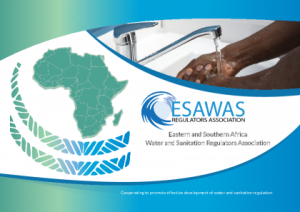
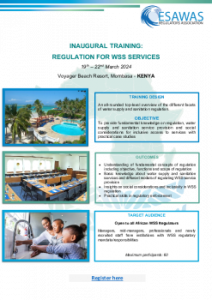
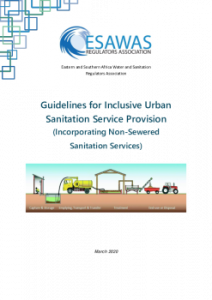
Regulatory Guidance
Guidelines for Inclusive Urban Sanitation Service Provision
To provide guidance on service provision requirements from containment, emptying, transportation, storage and treatment facilities as well as disposal/reuse mechanisms. The guidelines promote safe and sustainable service delivery with consideration for technology, cost-effectiveness, appropriateness and progressive realisation.
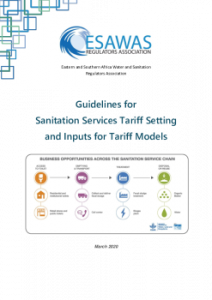
Regulatory Guidance
Guidelines for Sanitation Services Tariff Setting
To provide a guidance to regulators in the determination of cost reflective tariffs for sewered and non-sewered services in line with the tariff setting principles. The guidelines provide a set of sound, well-specified methodology that can be used by regulators to improve predictability, objectivity and transparency of the tariff-setting for sanitation services, as well as inputs for development of tariff setting models.